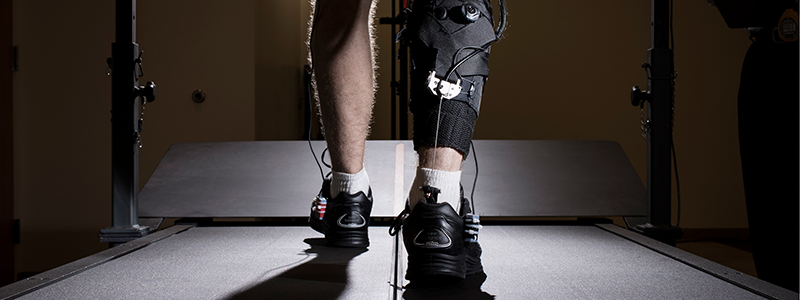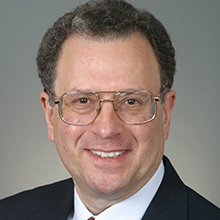
Physical therapy has always promoted an individual’s health and well-being through movement. Physical therapists and physical therapist assistants are equipped with sophisticated knowledge and an advanced understanding of human movement. It makes sense, then, that they should be at the forefront in recognizing and adopting new and emerging technologies to serve as adjuncts to interventions that focus on improving quality of life through movement. Moreover, PTs’ knowledge often can be invaluable to engineers and scientists who are developing these technologies.
This article presents the insights of clinicians, rehabilitation engineers, educators, and scientists into how current technologies such as wearable exoskeletons and biosensors are being developed and used in the clinical setting. A second message is that these technologies demand not only that there be more collaboration and dialogue between PTs and engineers and scientists during the early stage of development, but also that this partnership extend through and beyond clinical deployment in order to refine and develop the technologies to provide best outcomes for patients. A third purpose is to emphasize the importance of educating current and future PT and PTA students on how to effectively engage with technologists and collaboratively work toward greater innovation in the clinic.
